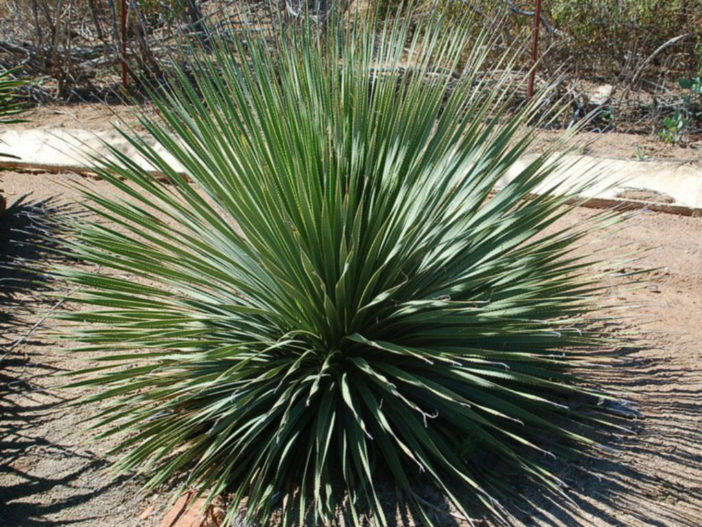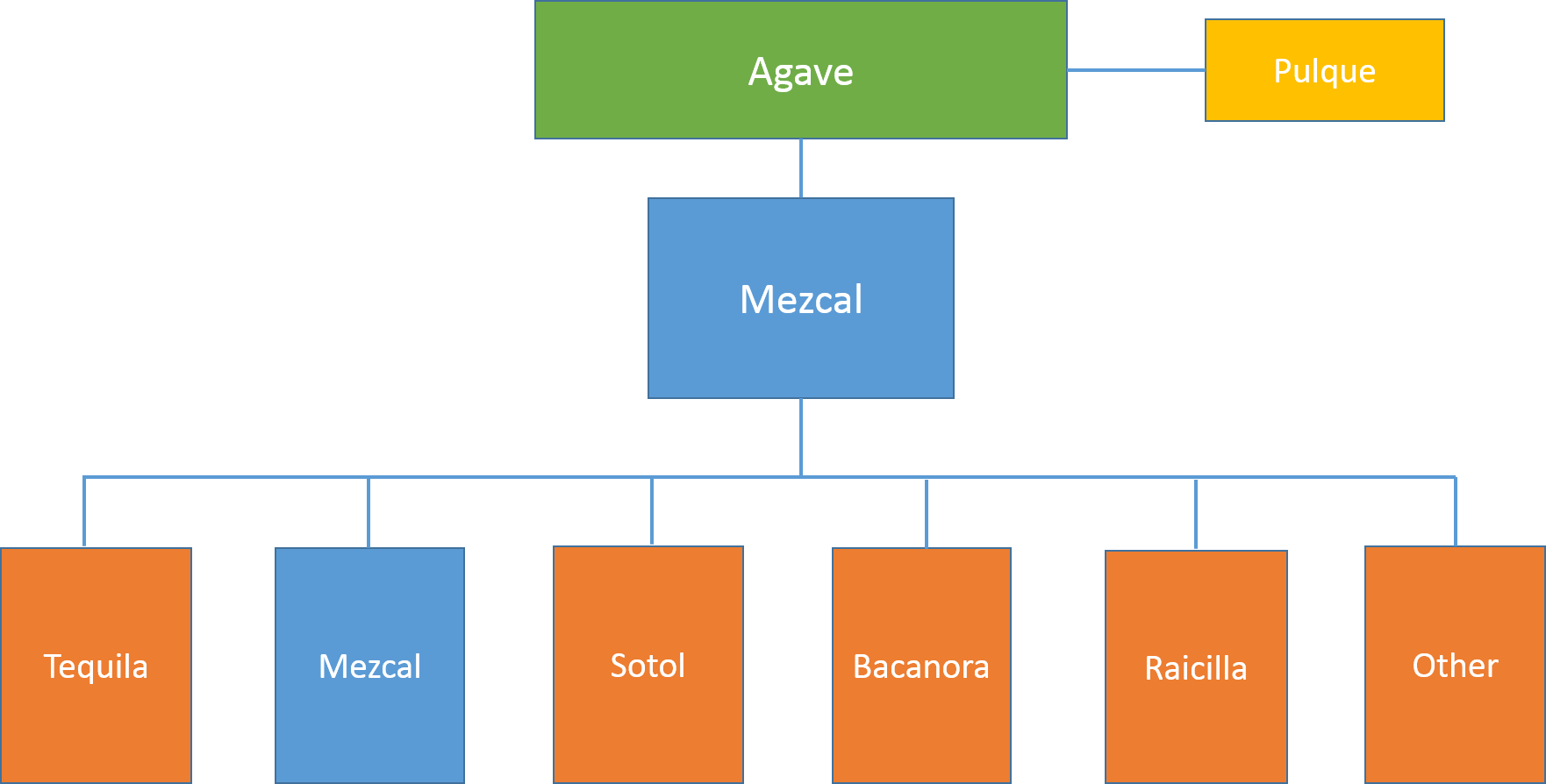Mexico has spirit, yes they do!
- On April 23, 2019
Raicilla, Mezcal, Tequila, and Sotol; these Mexican spirits have exploded onto the spirit scene lately. While the differences between their production seem small, the results make a huge difference in the final product. To make sense of it all, here is a break down:
Tequila was first made in the 16th Century when the Spanish ran out of their brandy. They distilled the local fermented beverage, pulque, made from the agave plant, near what is now the city of Tequila in Jalisco. Today, Tequila can only be made from one type of agave, Weber Blue, and can only be produced in Mexican states Jalisco and parts of Guanajuato, Michoacán, Nayarit, and Tamaulipas. If you look at the label of a tequila bottle you will be able to deduce if it is a true tequila, made with 100% agave and stated “so, or a mixto, made with agave and non-agave sugar, and stated “made with agave.

Weber Blue Agave
To make tequila, the Jimador (aka farmer) harvests the plants by chopping away the outer leaves leaving the heart of the plant, “La Piña”, to be cooked in a steam oven. This process breaks down the complex carbohydrates in the plant into simple fermentable sugars. The piñas are then crushed with a tahona, a large stone wheel, to extract the liquid which gets fermented into a low alcohol “wine.” The low-wine is then double distilled to create tequila. Blanco is a freshly distilled spirit without any oak aging. A Reposado is aged two months to one year in oak barrels. Añejos are aged 1-3 years on oak. The oak, in general, tends to round out any harsh edges of the spirit as well as adding depth with vanilla and floral notes.

Map of Mexican States
Unlike Tequila, Mezcal can be made from almost any type of agave. Mezcal can be produced in the states: Guerrero, Durango, Zacatecas, Michoacán, San Luis PostÍ, and Oaxaca where 90% of mezcal originates. Mezcal can be made from almost any type of agave, but are mostly made from one called Espadin. Historically in pre-Spanish times mezcal was not to be drunk for fun. There is a myth that the agave plant was struck by lightning, cooking and splitting the large plant creating the “elixir of the Gods.” When the Spanish arrived, they brought their distilling techniques with them and created a mezcal with a higher alcohol content and encouraged the indigenous people to drink more so that the Spanish could tax the spirit. In Mezcal production, the Piñas are traditionally roasted with wood and charcoal in a stone lined pit in the ground. The piñas will slowly smolder for a few days, giving its well known smoky character. Cheaper mezcal can be harsh and smoky and but the more complex mezcals can have floral, fruity, and earthy notes.

Pata de Mula agave, used for Raicilla
Raicilla has an outlaw past as it is also known as “Mexican Moonshine.” Raicilla is made from a combination of Lechuguilla and Pata de Mula agave plants, which are much smaller that Weber blue plants, but the piñas are still about 55 pounds! Like tequila, it is a type of Mezcal; however, it was named Raicilla to avoid being taxed and restricted by the government. After the Spanish Conquest, the production of mezcal moved underground because of heavy taxes. When the tax collectors came to small villages, the locals lied and said that it wasn’t made with the piña like Mezcal is. Instead, they said that it was made using the root of the plant, a lie, when in fact the piña is part of the root. They called it Raicilla meaning “Little Root”. Despite being produced since the 17th century, raicilla didn’t make it to the US until 2014. Authentic Raicilla can only be made in Jalisco and will have a sticker or mark stating “Raicilla Jalisco” to prove it’s legal authenticity. In Jalisco, you can still witness Raicilla being sold by street vendors or from the front porch of peoples homes.

Dasylirion wheeleri, The Desert Spoon
Sotol is made from a different plant Dasylirion wheeleri, commonly known as Desert Spoon or, in Spanish, sotol. The blades on this plant are much thinner and more spike-like than agaves. The plant is harvested the same as agave and the piñas are roasted in a volcanic rock lined pit, like mezcal. Sotol can only be made in Chihuahua, Coahuila, and Durango. Though it’s unclear when sotol was originally created, volcanic rock lined troughs have been discovered that suggest the cooking techniques of sotol can be dated to almost 9000 years ago. What we know for sure is that the Chihuahuan indigenous peoples fermented sotol juice into a beer-like drink about 800 years ago. It wasn’t until the Spanish arrived in the 16th century that the distillation process became standard. Typical sotol characteristics include: eucalyptus, pepper, cocoa, smoke, and earth.
The next time you sip your Mexican spirit imagine all the tradition, hard work, and the care that went into making it.



0 Comments